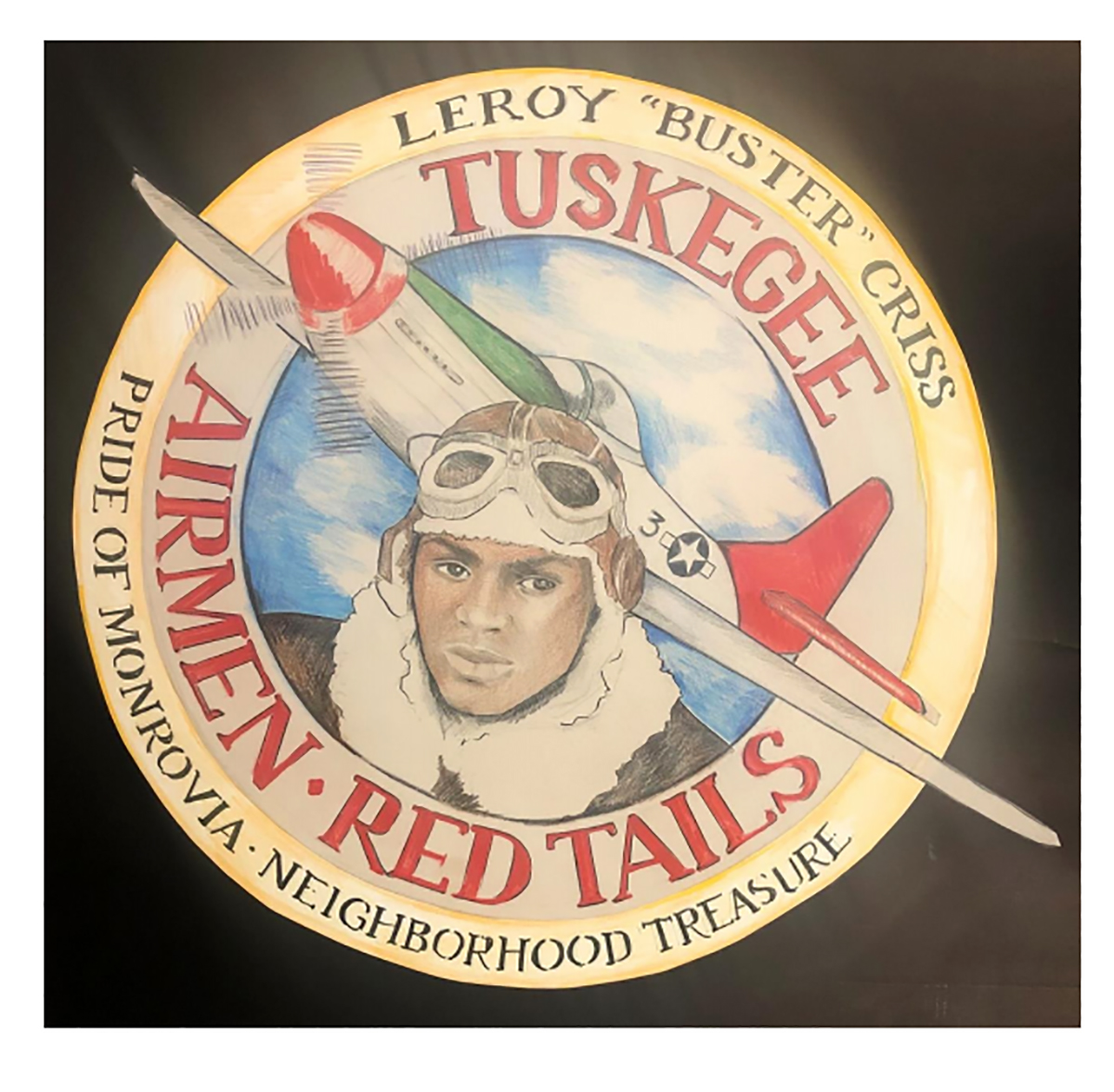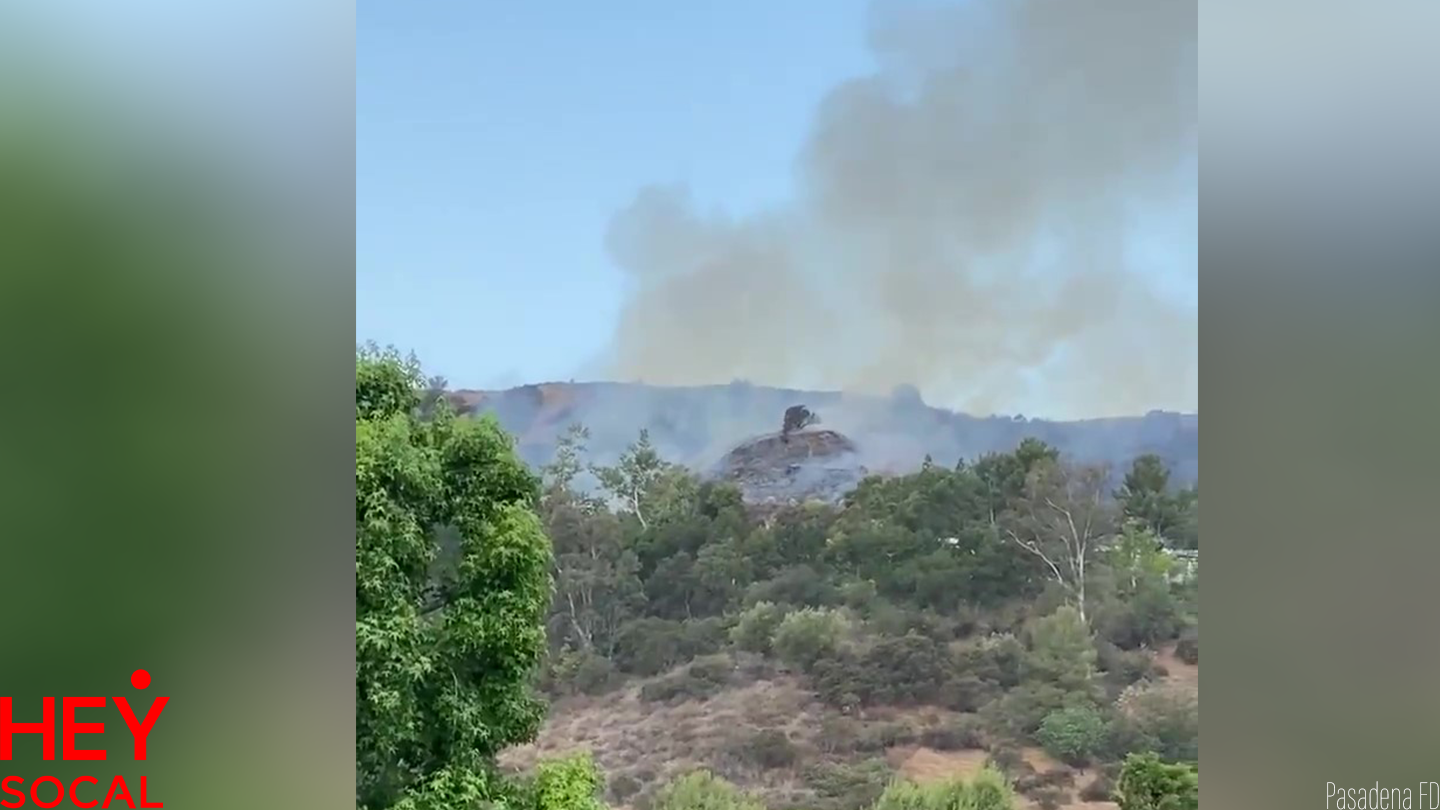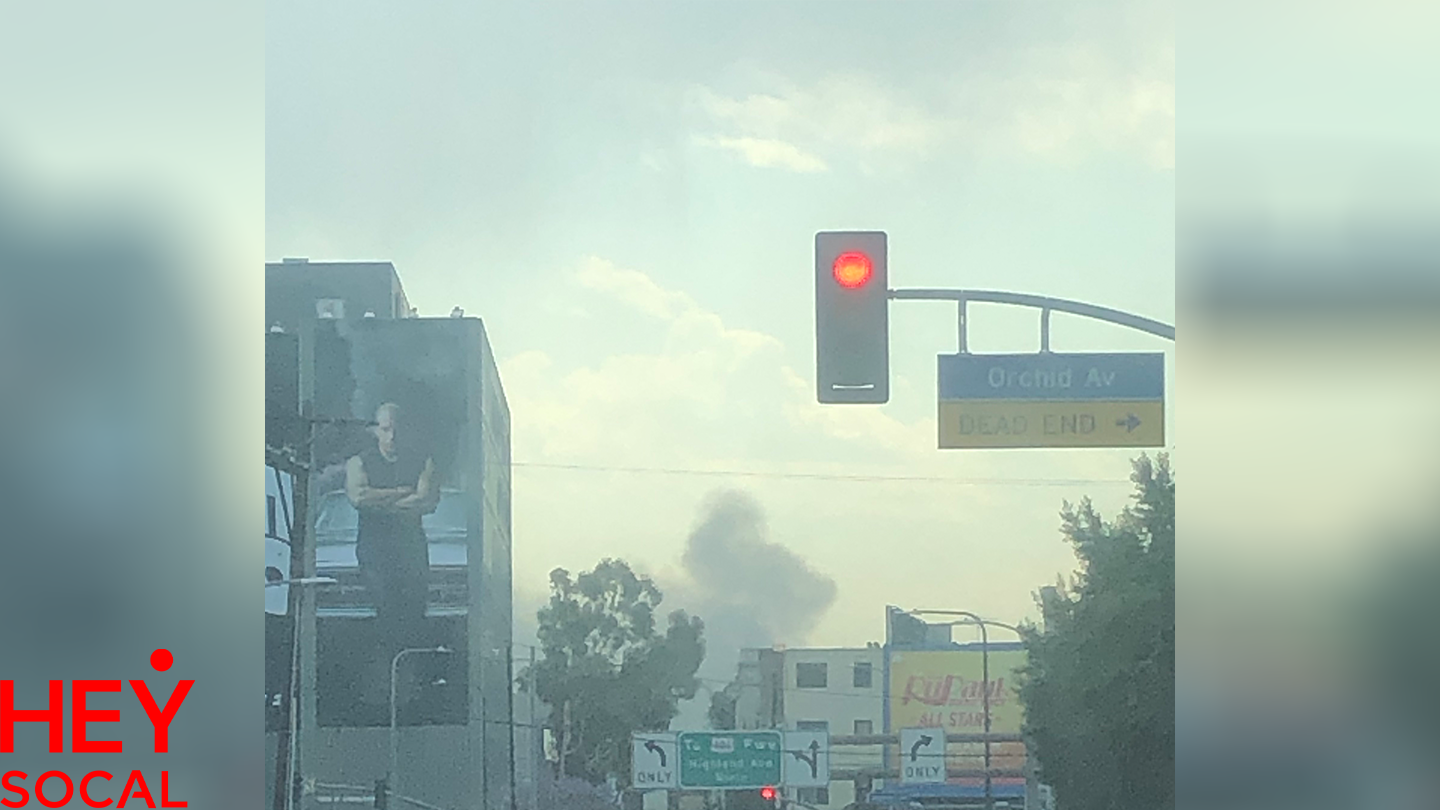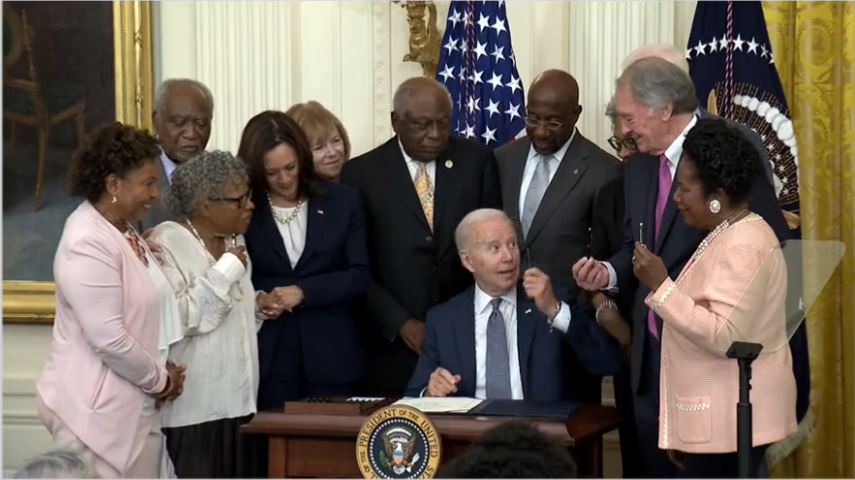Leroy “Buster” Criss faced discrimination in military and Monrovia
A new public art recognition honoring one of Monrovia’s historic figures will soon be unveiled after the council gave the “all clear for take-off” recently.
Leroy Criss’ “Neighborhood Treasure” is the latest in a series of such recognition in the city of Monrovia.
Criss, aka “Buster,” went to Monrovia Arcadia Duarte High School and took flying lessons at Monrovia Airport which served him well when World War II was declared. He entered the military on Dec. 6, 1943. First assigned to Biloxi, Miss. for basic training, he was soon transferred to Tuskegee Army Air Base for aviation cadet training.
The Tuskegee Airmen were the first African American military aviators in the U.S. and were subjected to discrimination, both within and outside the army. The military was still segregated, and Black Americans had to contend with Jim Crow laws at home.
It was at this time that “The Tuskegee Experiment” came into effect and shocked the world. Based in Tuskegee, Ala., because of its mild weather, the facility trained 966 African Americans for aerial combat.
According to The National WWII Museum, “The Tuskegee Airmen flew more than 15,000 sorties between May 1943 and June 1945. Bomber crews often requested to be escorted by these ‘Red Tails,’ a nicknamed acquired from the painted tails of Tuskegee fighter planes, which were a distinctive deep red. Sixty-six Tuskegee Airmen died in combat. They had one of the lowest loss records of any escort fighter group.” The airmen earned eight Purple Hearts, 14 Bronze Stars, three Distinguished Unit Citations, and 96 Distinguished Flying Crosses.
Criss was not only one of the original Tuskegee Airmen pilots; he also spent 37 years as a high school teacher. However, he was not allowed to teach in Monrovia because he was black and racist laws at the time forbade it.
Criss met racism head-on and created a nonprofit organization that sponsored camps for low-income children in the Monrovia-Duarte area.
Mayor Tom Adams, who also sits on the Art in Public Places Committee, called Criss’ inclusion as a Neighborhood Treasure exciting and “a long time coming.”
Ralph Walker, KGEM host, couldn’t agree more and has been fighting for the recognition of Black Americans who were instrumental in progress in Monrovia’s early days.
“Leroy ‘Buster’ Criss, the Tuskegee Airman, has finally been recognized by the City of Monrovia and Monrovia High School — the latter which once rejected him for employment,” Walker stated.
Walker had several in-depth interviews with Criss’ family members in recent years and was one of the community members who commanded the lead on getting the airman recognized.
The Neighborhood Treasures plaque, scheduled to be unveiled later this summer, is not the first memorial to Criss in Monrovia. A plaque commemorating his life and achievements was installed on the campus of Monrovia High School last May.
Monrovia’s Art in Public Places’ Neighborhood Treasures program celebrates the city’s unacknowledged protagonists who played a significant role in the ever-evolving story that is Monrovia.
Learn more about Criss’ contributions to the Unites States and Monrovia at https://youtu.be/tnDeG0YNuXg.







